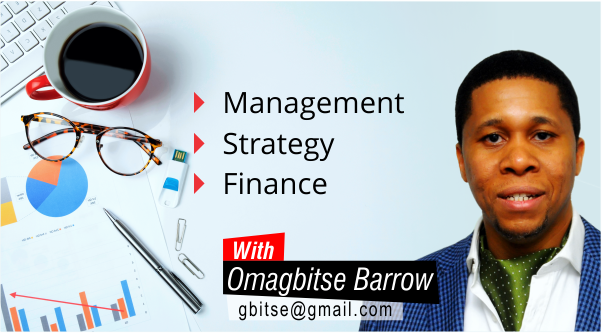The most effective customer service organizations and professionals pay attention to knowing, meeting and possibly exceeding the expectation of their customers. By having a clear understanding of your customers’ expectations, you can build a more effective strategy for managing your customers.
Typically, customer expectations fall into five broad categories as follows:
#1: Reliability:
Customers expect us to deliver what we have promised. They expect our service to be in line with the promises that we have made in terms of quality, timing, content and so on. Service professionals must always strive to be reliable and ensure that everything that is required to deliver reliable service is in place.
#2: Assurance:
When interacting with service personnel, customers expect that they will be competent on all issues regarding the product or service. We have to be able to give customers the assurance that we know what we are doing.
#3: Tangibles:
The physical appearance of our offices, the various service channels that we deploy and even the dressing and appearance of service facing personnel including security men should be appealing. Customers are concerned about all of these and it makes a huge difference when the tangibles are disappointing.
#4: Empathy:
Customers expect us to show genuine care and concern for their needs. This is often demonstrated when they have complaints or questions regarding our products and services. We must be patient, courteous and polite, and listen effectively to our customers.
#5: Responsiveness:
When customers complain or make enquiries, they expect a timely and accurate response to their issues. They do not want to hear you give excuses, blame other departments or pass them from one extension to the other until they hang-up.














